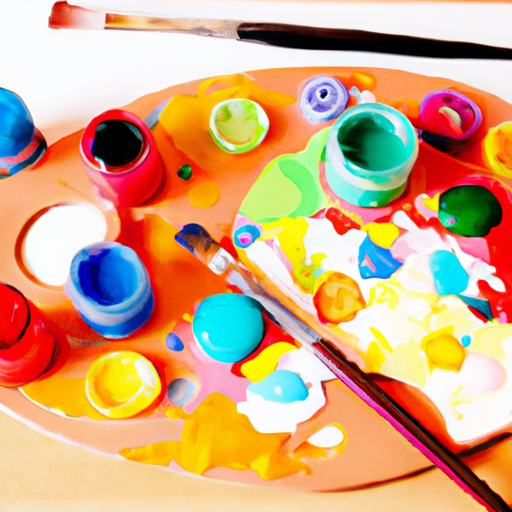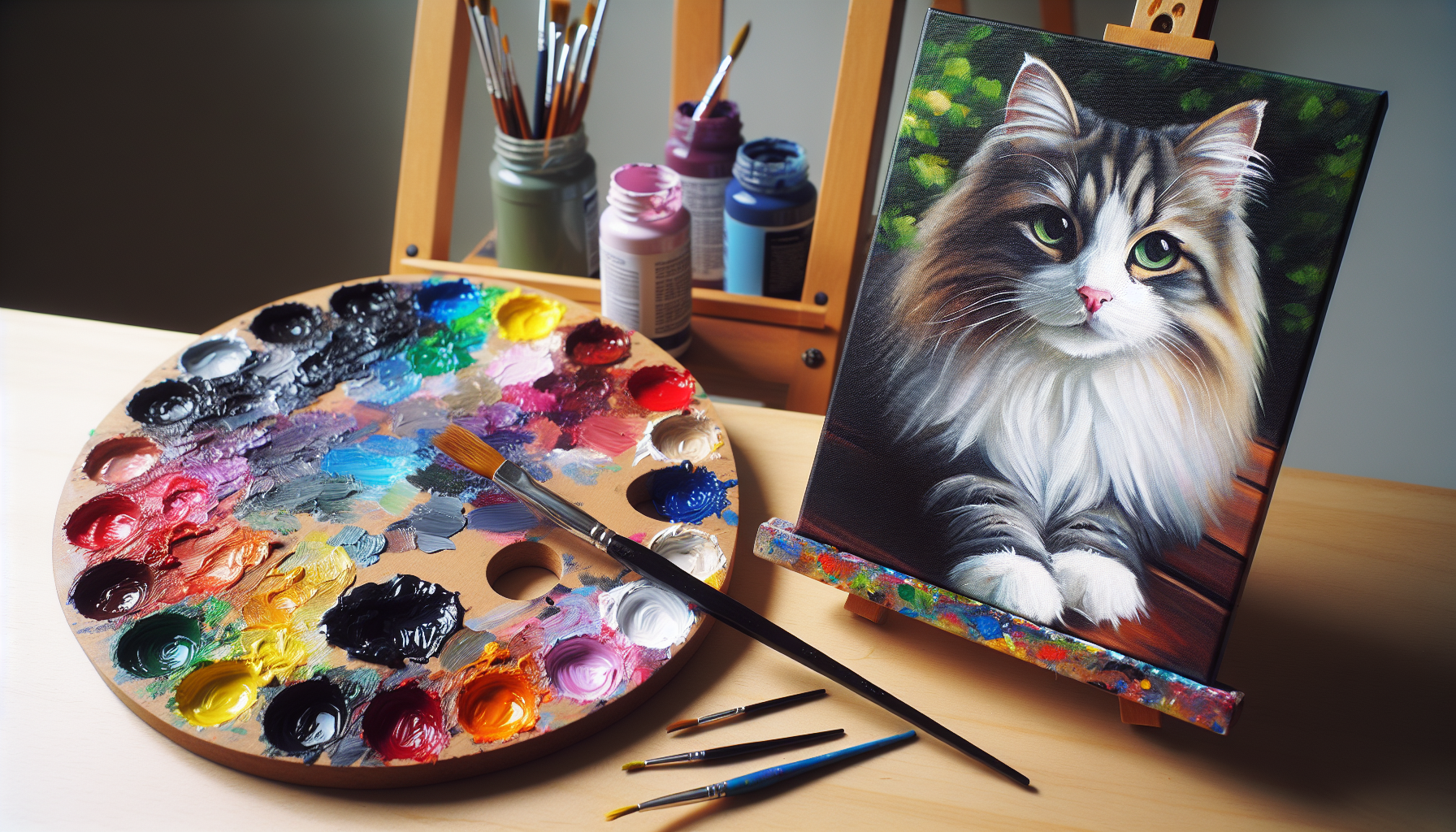In this informative article, you will discover the essential steps to effectively clean an acrylic painting that has been tainted by the presence of cigarette smoke. Often, acrylic paintings can become discolored and develop a layer of grime due to prolonged exposure to smoke. However, with the proper techniques and tools at your disposal, it is possible to restore the artwork to its original brilliance. By following the step-by-step instructions outlined, you will gain valuable insight into the art of cleaning an acrylic painting and ensuring its longevity and pristine condition.

Preparation
Before you begin cleaning an acrylic painting that has been affected by cigarette smoke, it is important to gather the necessary materials. You will need a soft brush, a vacuum cleaner with a brush attachment, a soft cloth, mild soap, a varnish, and a clean environment for storage. Additionally, choose a suitable cleaning location where you have enough space to work comfortably without any risk of damaging the painting.
Assessment
To effectively clean the acrylic painting, it is crucial to assess its condition. Take a close look at the painting and evaluate the extent of the smoke damage. Observe any discoloration, stains, or lingering smoke odor. This will help you determine the appropriate cleaning methods and techniques to use. It is also advisable to test a small area on the painting to ensure that the cleaning solutions and techniques you plan to use are compatible with the artwork.
Dry Cleaning Methods
Brushing with a soft brush is one of the initial dry cleaning methods you can use to remove surface dirt, dust, and loose particles from the acrylic painting. Gently brush the surface of the painting in one direction, being careful not to apply too much pressure that could potentially damage the artwork. Alternatively, you can use a vacuum cleaner with a brush attachment to gently remove any loose particles without directly touching the painting surface.
Wet Cleaning Methods
After dry cleaning, it is time to proceed with wet cleaning methods to eliminate any remaining smoke residue. Begin by using a soft cloth to dust the painting, starting from the top and working your way down. Ensure that the cloth is gentle and lint-free to avoid any additional damage. If regular dusting does not remove all the smoke residue, you can create a mild soap solution by diluting a few drops of mild soap in water. Dampen the cloth with the solution and gently wipe the painting, again starting from the top and working downwards. Be cautious not to oversaturate the painting or scrub too hard, as this could cause the paint to lift or smudge.

Spot Cleaning
In some cases, there may be specific stains on the acrylic painting that require targeted cleaning. To identify and tackle these stains, carefully examine the artwork and categorize the stains based on their nature. Different stains may require varying stain removal techniques. For example, oil-based stains may require a specialized solvent, while water-based stains might respond well to a gentle soap and water solution. Research and apply appropriate stain removal techniques that are safe for acrylic paintings, following the instructions carefully and testing on a small, inconspicuous area before treating the entire stain.
Removing Smoke Odor
Cigarette smoke can leave behind an unpleasant odor on acrylic paintings. To eliminate this odor, it is important to ventilate the cleaning area properly. Open windows and use fans to create a draft that will help remove the smoke odor from the environment. Additionally, you can place the affected painting in a sealed bag and freeze it for a few days. Freezing can help neutralize the odor and prevent it from permeating the painting further. Remember to unseal and allow the artwork to acclimate to room temperature before continuing with the cleaning process.

Drying the Painting
Once you have finished cleaning the painting, it is crucial to dry it properly to avoid any potential damage. The preferred method is to allow the painting to air dry naturally. Place it on a clean and dry surface, ensuring that the surface is not exposed to direct sunlight or any sources of heat. This will prevent any warping or other forms of damage to the artwork. If necessary, you can gently blot the painting with a clean, absorbent cloth to remove excess moisture. However, avoid rubbing or wiping the surface, as it can disturb the paint and cause smudging.
Finishing Touches
To add an extra layer of protection to the acrylic painting, consider applying a protective varnish. Varnishing helps preserve the artwork by creating a barrier against dust, dirt, and potential smoke residue. Ensure that the varnish you choose is specifically designed for acrylic paintings and follow the manufacturer’s instructions for proper application. Once the varnish has dried, store the painting in a clean and smoke-free environment to maintain its condition and prevent future build-up of contaminants.

Seeking Professional Help
If you are unsure about the appropriate cleaning methods or if the smoke damage is extensive, it may be wise to seek the assistance of a professional art conservator. These experts have the knowledge and expertise to handle delicate artworks and can offer guidance on the best restoration techniques. Conduct thorough research to find reputable art restoration services or consult with local art galleries or museums for recommendations.
Preventive Measures
To minimize the risk of future smoke damage, it is important to take preventive measures. One of the most effective ways to do this is to avoid smoking near the acrylic painting, as cigarette smoke can leave long-lasting and detrimental effects on the artwork. Additionally, regularly cleaning the painting will help prevent the build-up of dust, dirt, and other pollutants that could potentially impact the painting’s appearance and longevity. Establish a cleaning routine that is safe for the artwork and consistent with its preservation needs.
By following these comprehensive steps and taking proper care of your acrylic painting affected by cigarette smoke, you can restore its original beauty and extend its lifespan. Remember to exercise caution, use appropriate cleaning materials and techniques, and seek professional help when necessary to ensure the best possible outcome for your artwork.




